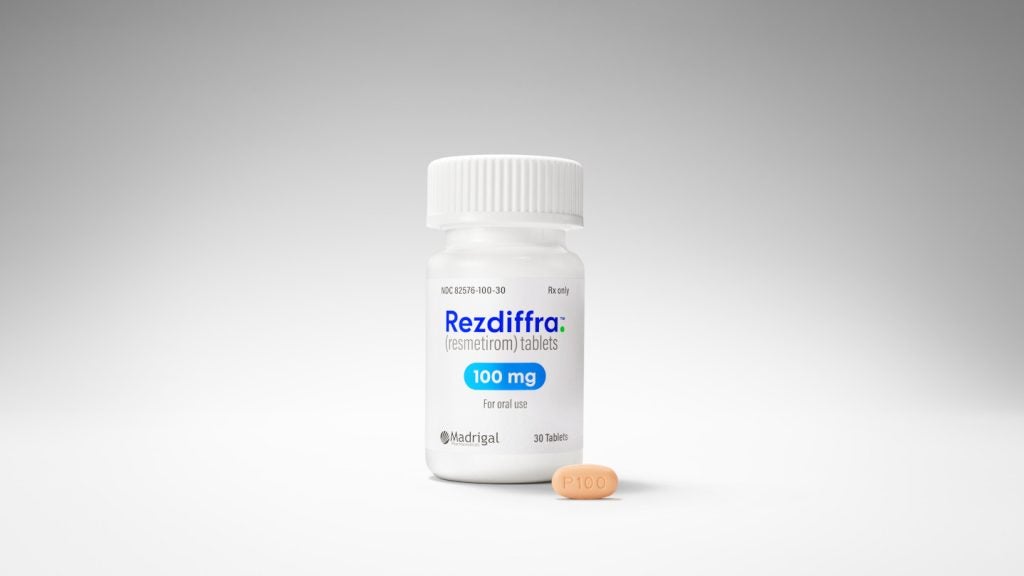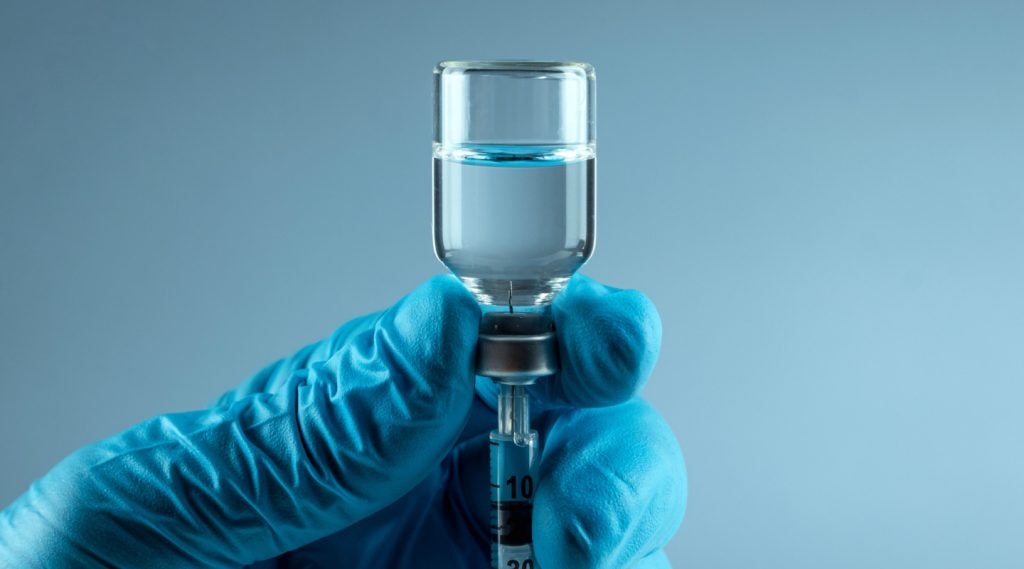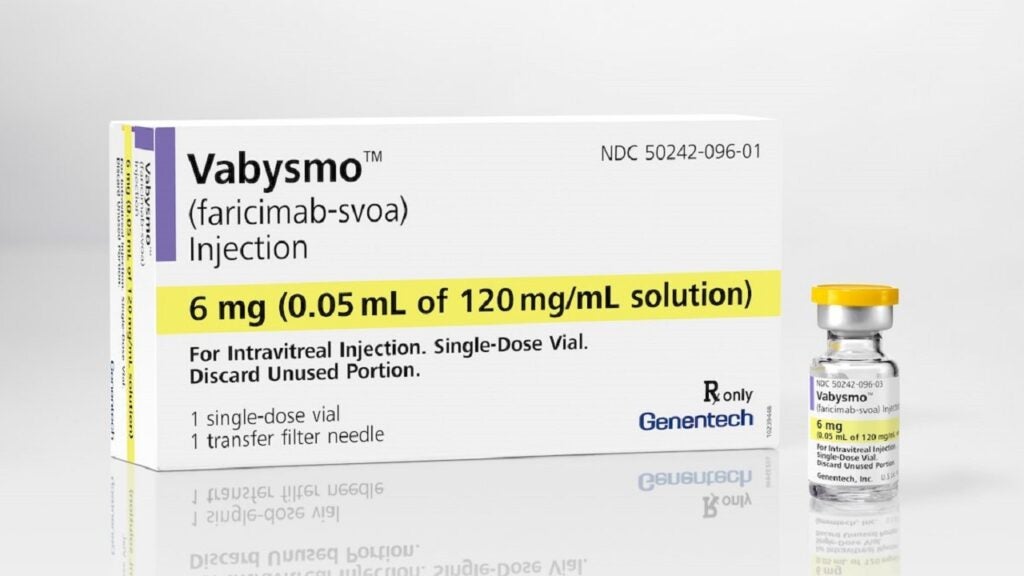Novartis’ Galvus (vildagliptin) is a member of a class of oral antidiabetic agents known as dipeptidyl peptidase IV inhibitors (DPP-IV) inhibitors or ‘incretin enhancers’. Its mode of action is distinct from established antidiabetic medications and appears to include disease-modifying effects in patients with type 2 diabetes.
Galvus (vildagliptin), in advanced-stage development as a treatment for patients with type 2 diabetes, has now received the thumbs up from regulators in Europe. The EMEA has approved its use in combination with other anti-diabetic medications including metformin, sulfonylureas and thiazolidinediones. Approval has also been granted for Eucreas, a single tablet formulation of Galvus (vildagliptin) and metformin.
In March 2006, a new drug application for Galvus was accepted for review by the FDA. In February 2007, the FDA requested Novartis to conduct a new study to assess the safety and efficacy of Galvus in patients with impaired kidneys.
Novartis submitted data based on this request in November 2007. The data, however, showed frequent enzyme elevation levels in patients taking higher doses of Galvus. Due to safety concerns, the approval of Galvus was further delayed by the FDA.
In January 2008, Novartis said that the company might not refile for the approval of Galvus until it receives clarification on the kind of data required by the FDA for the drug approval. Following this development, the approval of Galvus in the US remains uncertain. Galvus is, however, presently approved in 70 countries and has been launched in 37 countries.
DPP-IV inhibition – diabetes treatment
Glucagon-like peptide-1 (GLP-1) and gastric inhibitor peptide (GIP) are naturally occurring hormones (incretins) that are released from cells in the gut in response to food. They bind to receptors on pancreatic beta cells stimulating the release of the hormone insulin, responsible for the regulation of blood sugar levels.
GLP-1 also reduces the secretion of glugacon, a hormone produced by the pancreas that stimulates the liver to convert glycogen to glucose, thus increasing blood sugar levels. Naturally produced GLP-1 has a very short half-life of fewer than two minutes.
Patients with type 2 diabetes have impaired incretin function and are thus unable to properly regulate their blood sugar levels, which can lead to adverse clinical sequelae. Novartis’ Galvus (vildagliptin) works by inhibiting DPP-IV, an enzyme that breaks down GLP-1.
By delaying the degradation of GLP-1, vildagliptin extends the action of insulin while also suppressing the release of glucagon. This leads to a reduction in elevated blood glucose levels (hyperglycaemia), which is a characteristic feature of type 2 diabetes.
Galvus effective in type 2 diabetics
Administration of Galvus (vildagliptin) to patients with type 2 diabetes suggests it is a safe and effective treatment with the potential to achieve long-term glycaemic control, a recognised deficiency of current oral anti-diabetic medications.
In phase II trials the addition of vildagliptin 50mg/day to metformin, a standard treatment for type 2 diabetes, resulted in improved glucose control in patients inadequately controlled on metformin alone. Levels of haemoglobin A1c (HbA1c), fasting plasma glucose, mean prandial glucose and peak prandial glucose were reduced to a significantly greater effect after 12 weeks of additional treatment with vildagliptin compared with continued therapy with metformin alone.
Importantly, the results achieved at 12 weeks were sustained over a year, indicating that patients treated with vildagliptin can achieve good long-term glycaemic control. In patients maintained on metformin alone, glycaemic control tended to deteriorate over time.
Long-term treatment with Galvus (vildagliptin) appears well-tolerated as reflected by low rates of study discontinuation for adverse events in clinical trials. In the phase II trials, drug-related adverse events occurred in 4.8% of patients receiving vildagliptin in addition to metformin compared with 6.9% of those receiving metformin plus the placebo. Treatment with vildagliptin does not appear associated with weight gain, which is an important benefit for patients with type 2 diabetes.
In phase III trials Galvus (vildagliptin) has been evaluated as monotherapy and in combination with other standard antidiabetic drugs.
Potential to preserve pancreatic beta-cell function
Patients with type 2 diabetes experience the progressive loss of pancreatic beta-cell function and a concomitant loss of insulin secretion and glycaemic control. In preclinical studies, Galvus (vildagliptin) was found to have a beneficial effect on insulin secretion by increasing beta cell production and inhibiting programmed cell death (apoptosis).
Subsequent clinical studies, in which vildagliptin was administered to patients with type 2 diabetes not previously treated with oral antidiabetic medications, showed that it increased the active forms of GLP-1 and GIP when compared with the placebo. This translated into improved beta cell function as measured by enhanced insulin secretion on glucose challenge.
The drug’s ability to improve the functioning of insulin-producing cells in the pancreas, albeit in studies with small numbers of patients, suggests it may have disease-modifying potential in the treatment of type 2 diabetes.
Marketing commentary
The World Health Organization (WHO) estimates that globally over 170 million people have diabetes. Type 2 diabetes accounts for 90% to 95% of all cases of diabetes. The worldwide costs associated with treating diabetes and its complications are estimated to exceed $200bn a year.
By 2030 the prevalence of diabetes is predicted to double, driven by adverse lifestyle changes which have seen an explosion in the incidence of obesity, a risk factor for type 2 diabetes. Worldwide, diabetes is a huge and growing problem for which new treatments are needed.
DPP-IV inhibitors are one of several new classes of antidiabetic medications in development for type 2 diabetes. The ability to achieve sustainable reductions in HbA1c, the primary measure of blood glucose control, with an orally administered, well-tolerated agent is seen as one of the most important advantages of this new class of drugs.
Novartis’ Galvus (vildagliptin) joins Merck’s Januvia (sitagliptin) as the second DPP-IV inhibitor to secure regulatory approval. The US FDA approved the use of Januvia (sitagliptin) as a new treatment for type 2 diabetics in October 2006.







